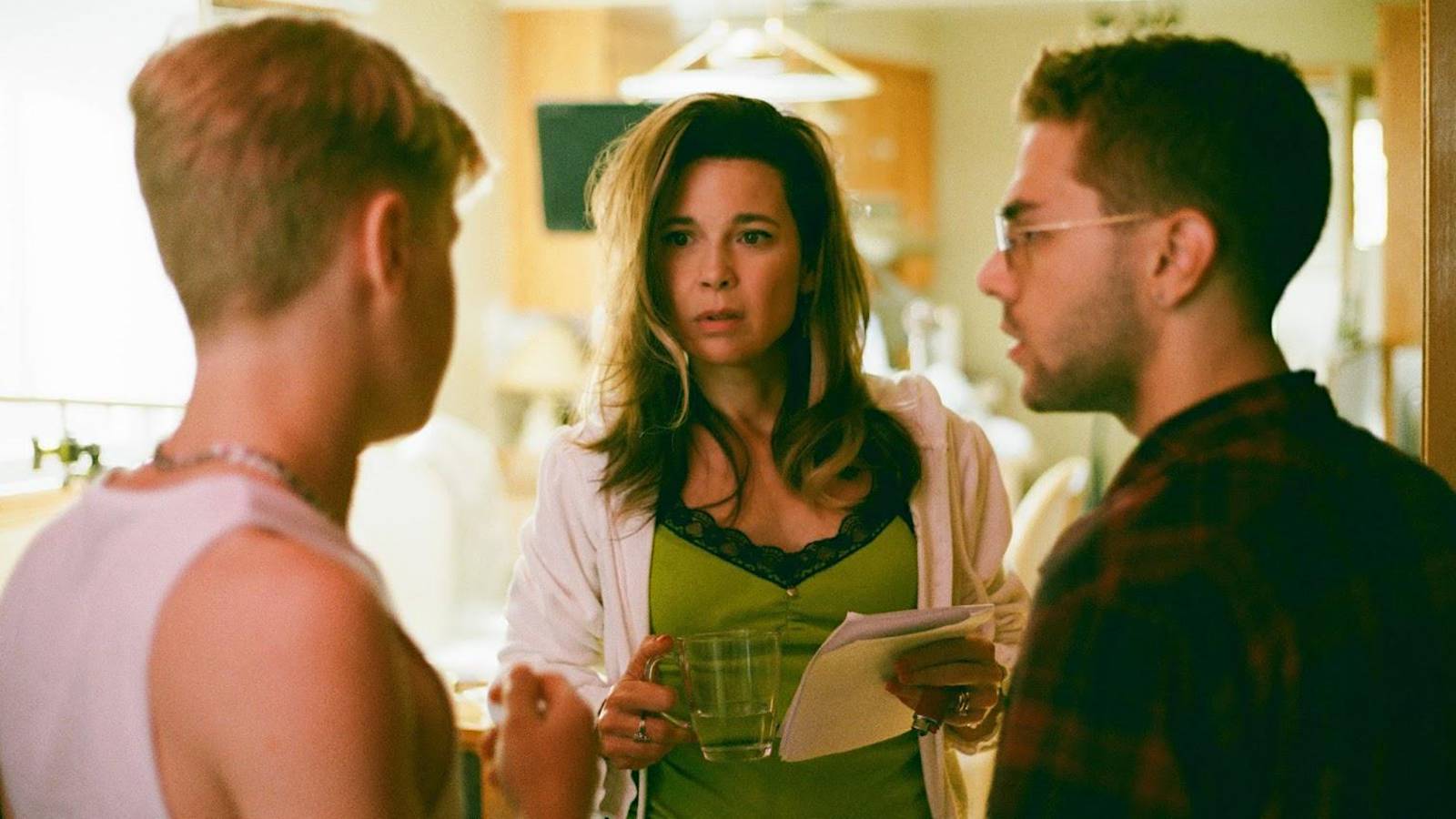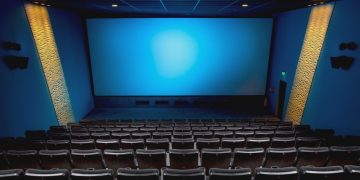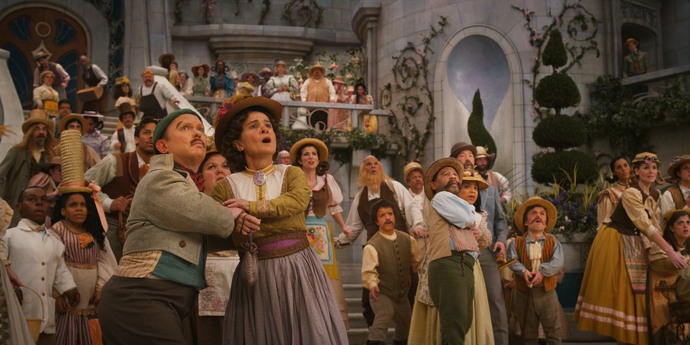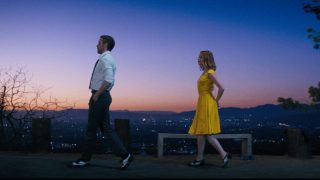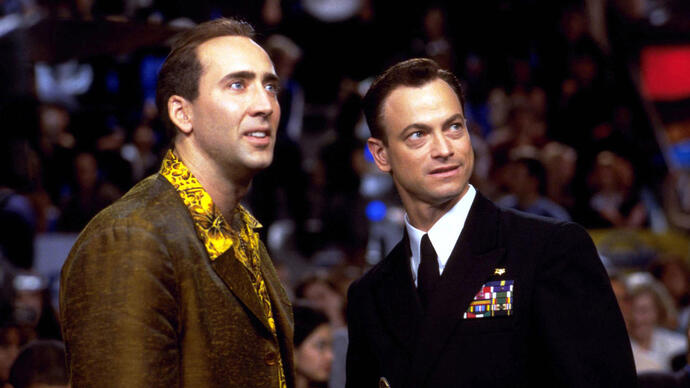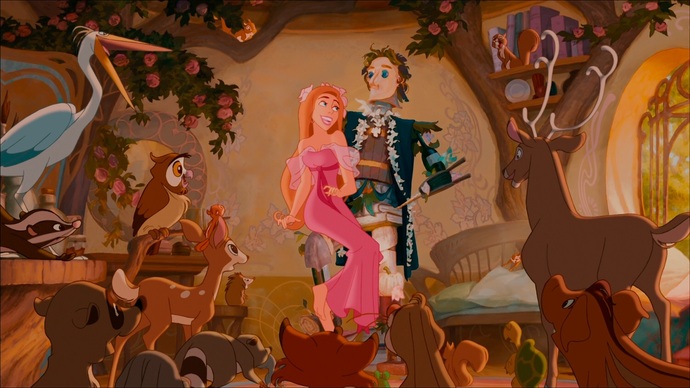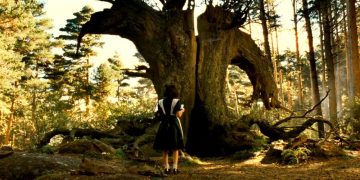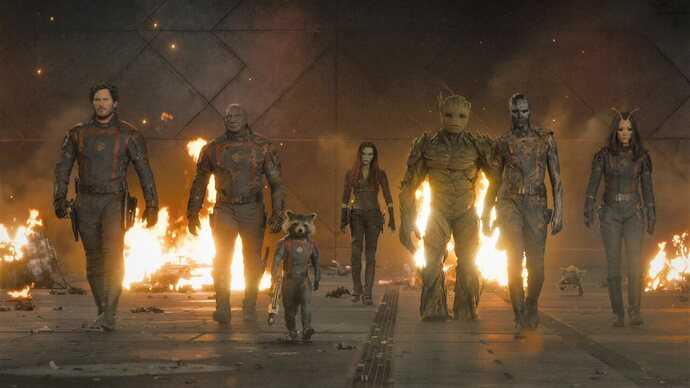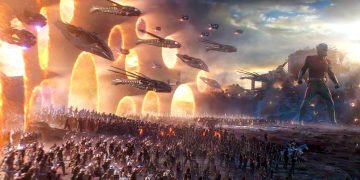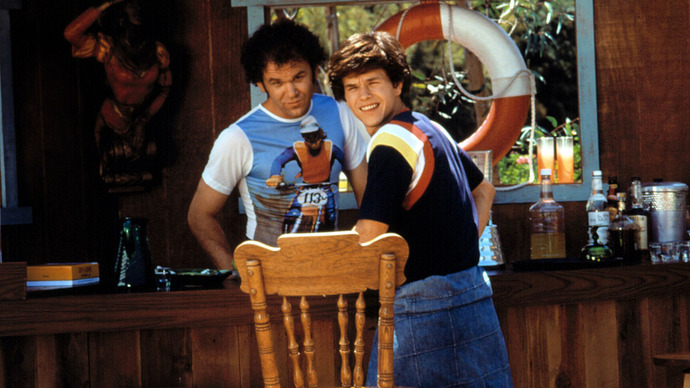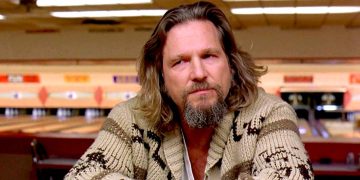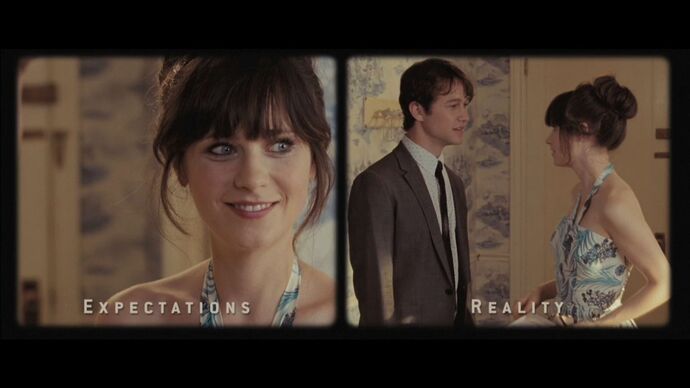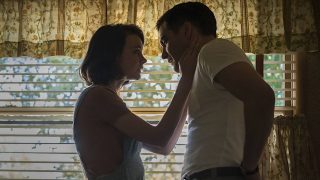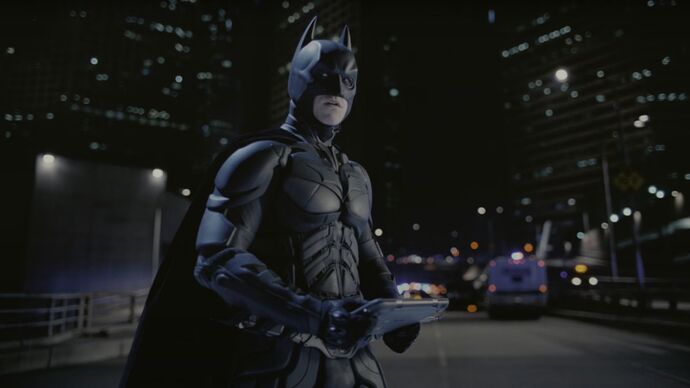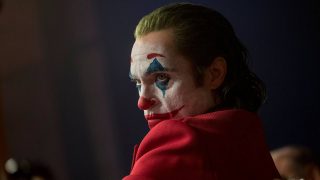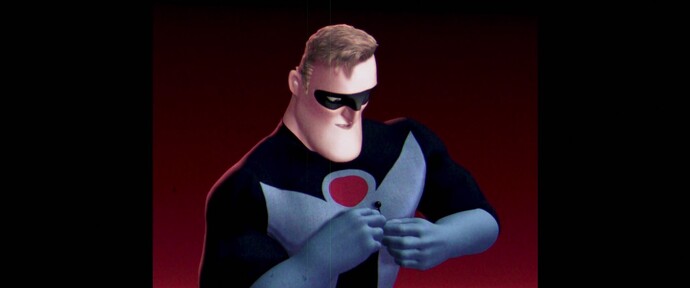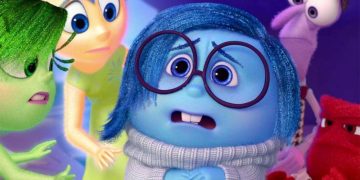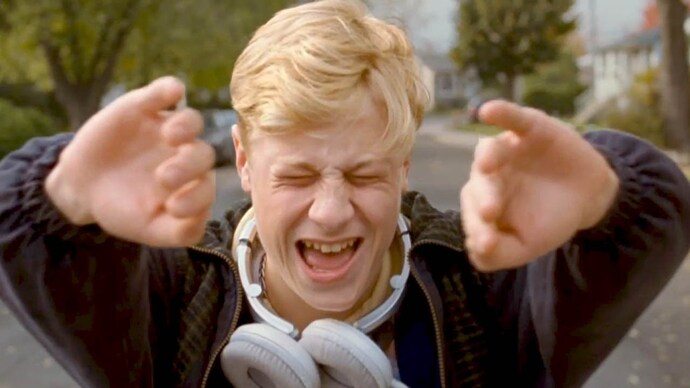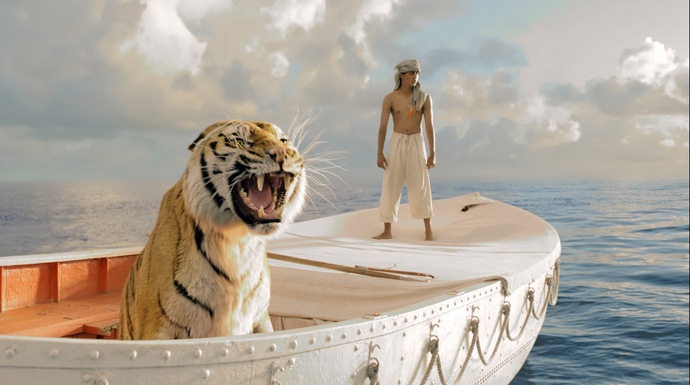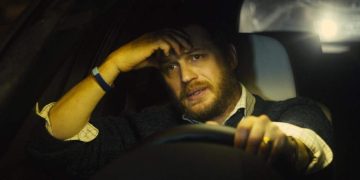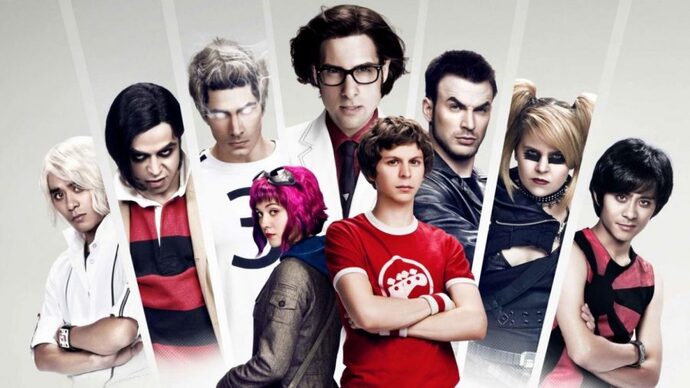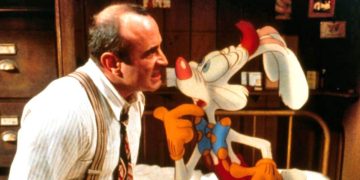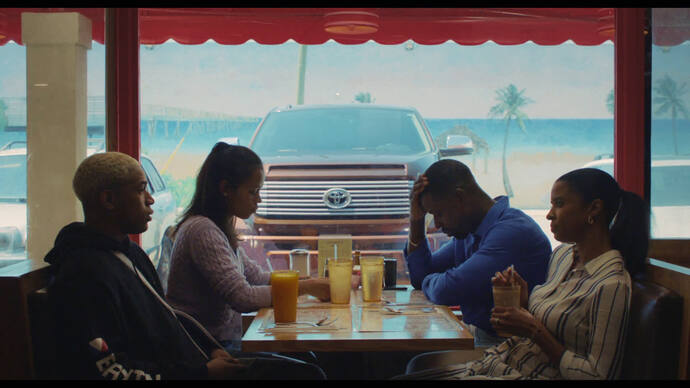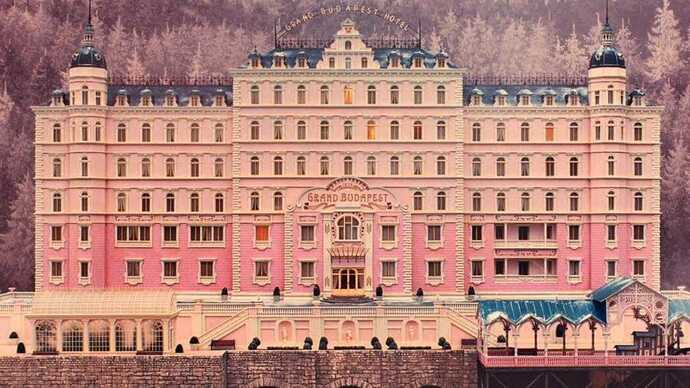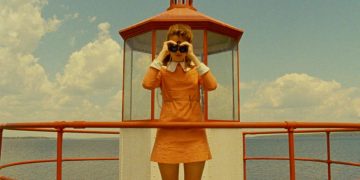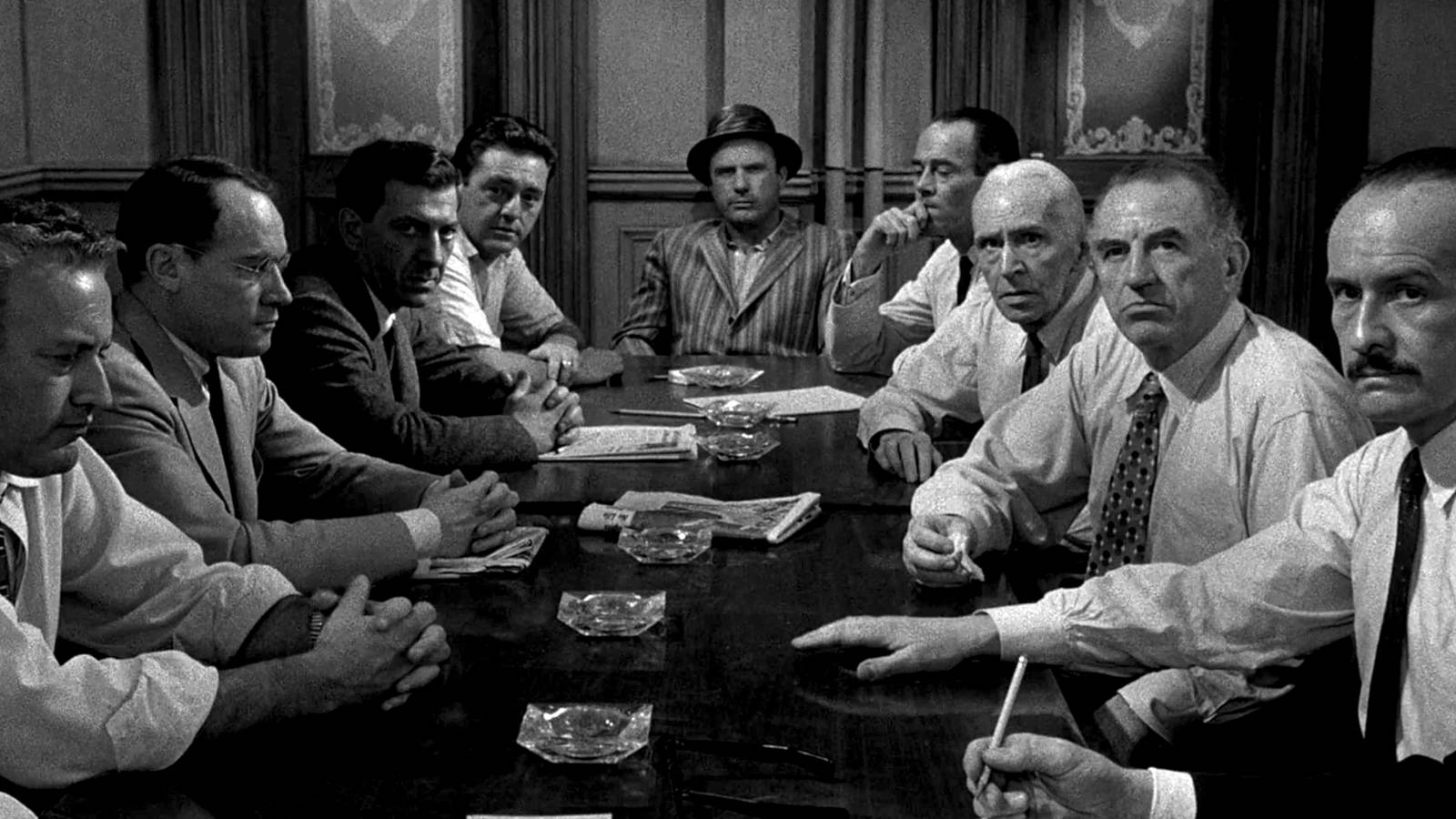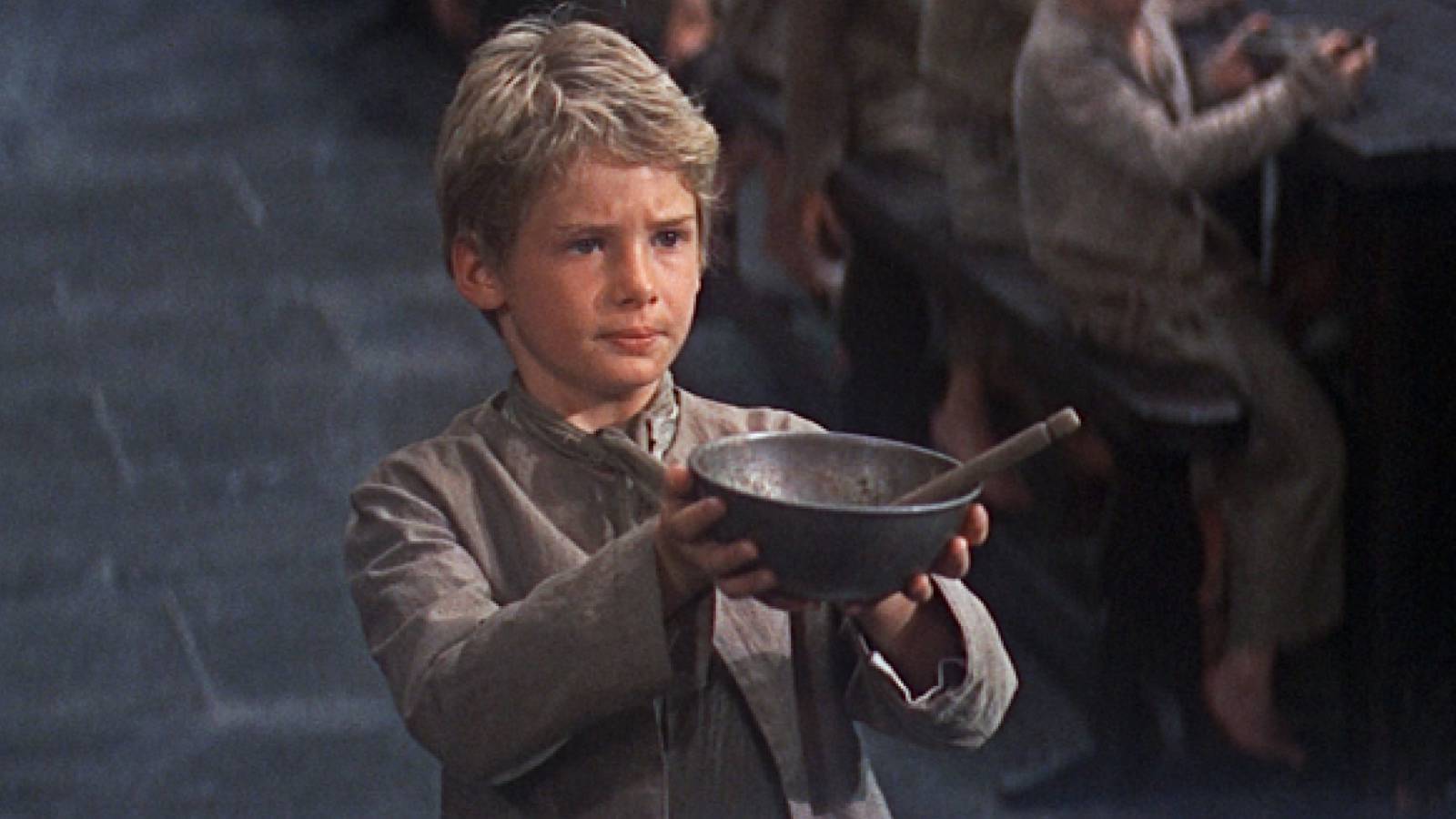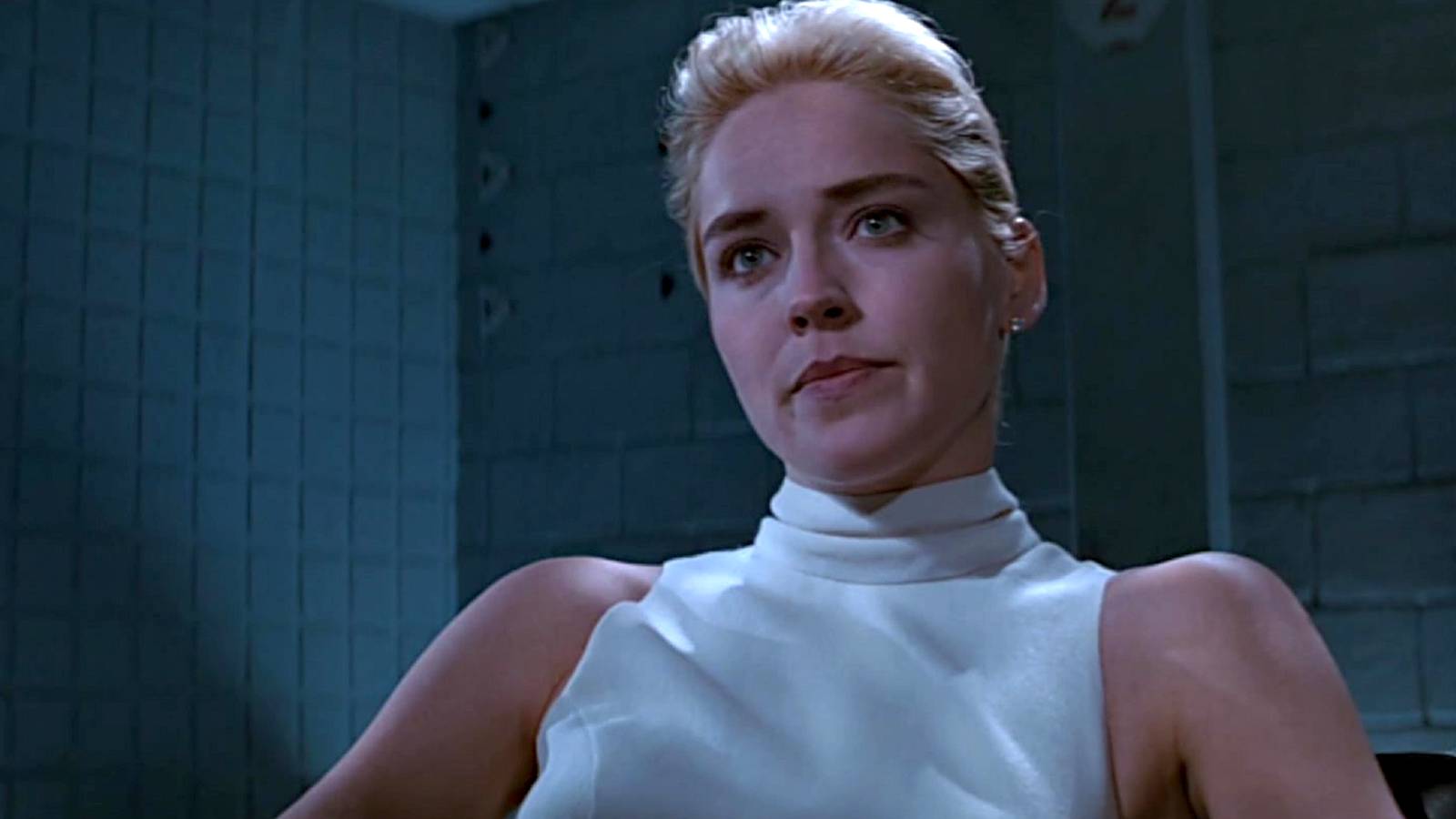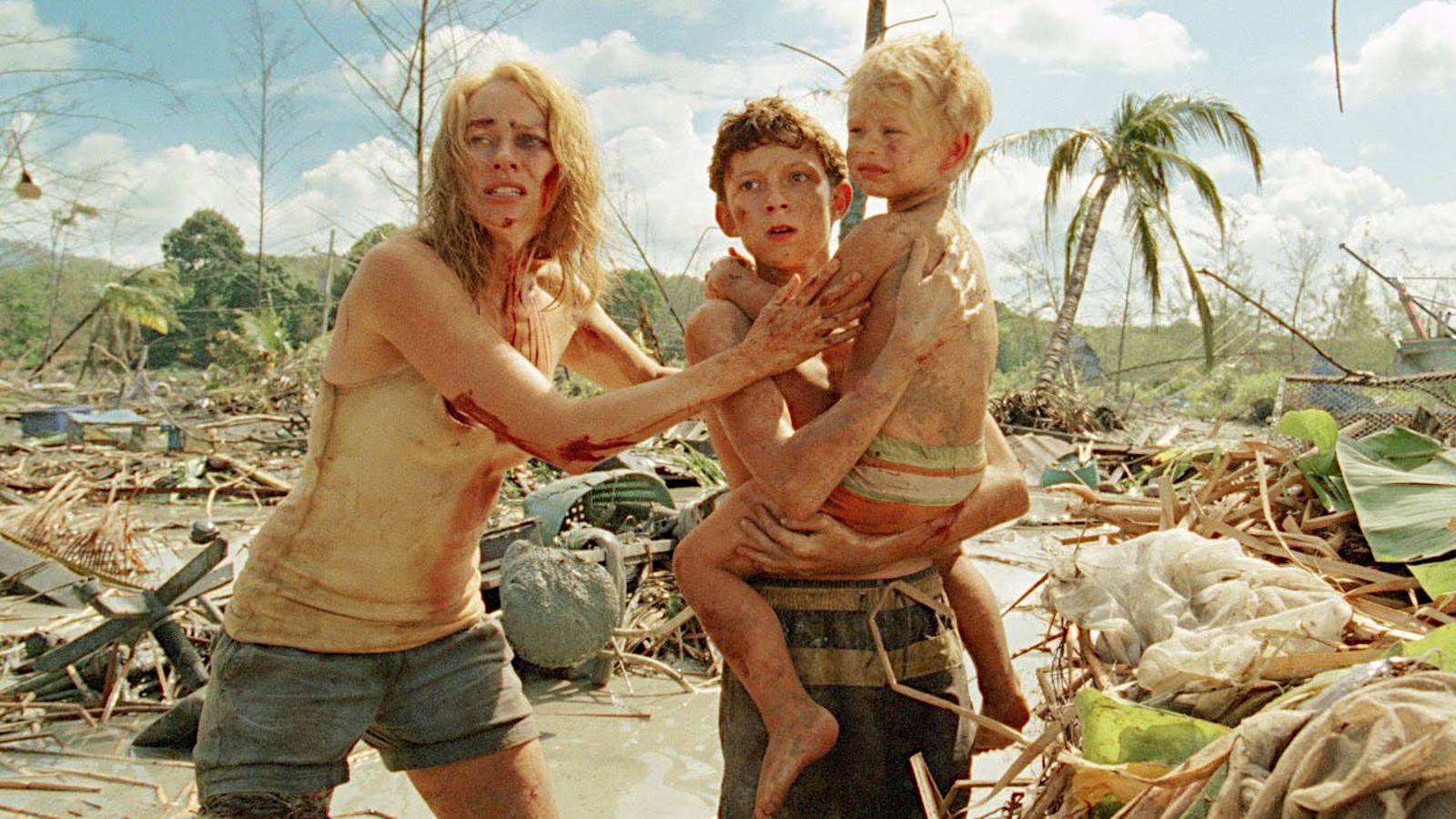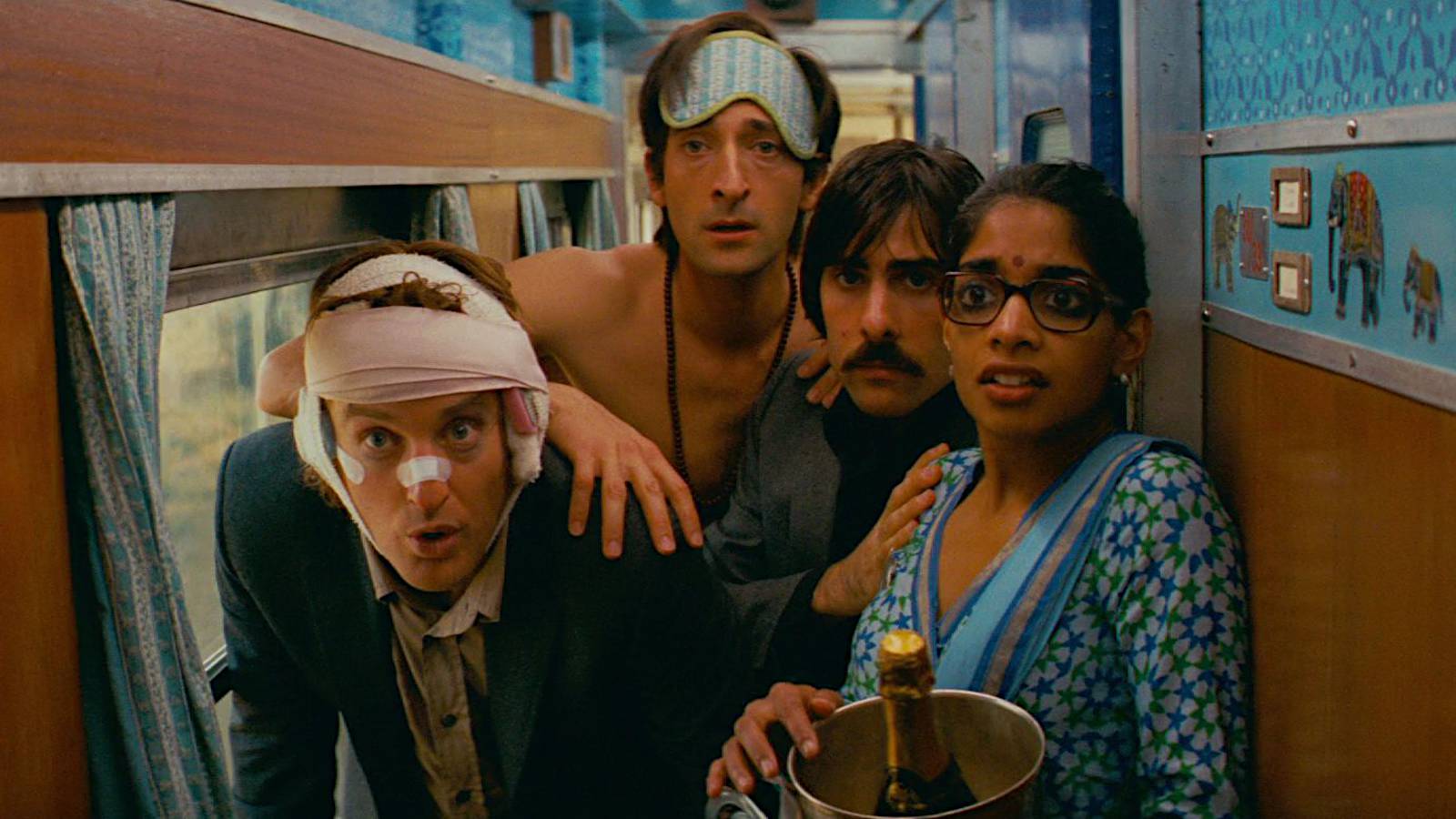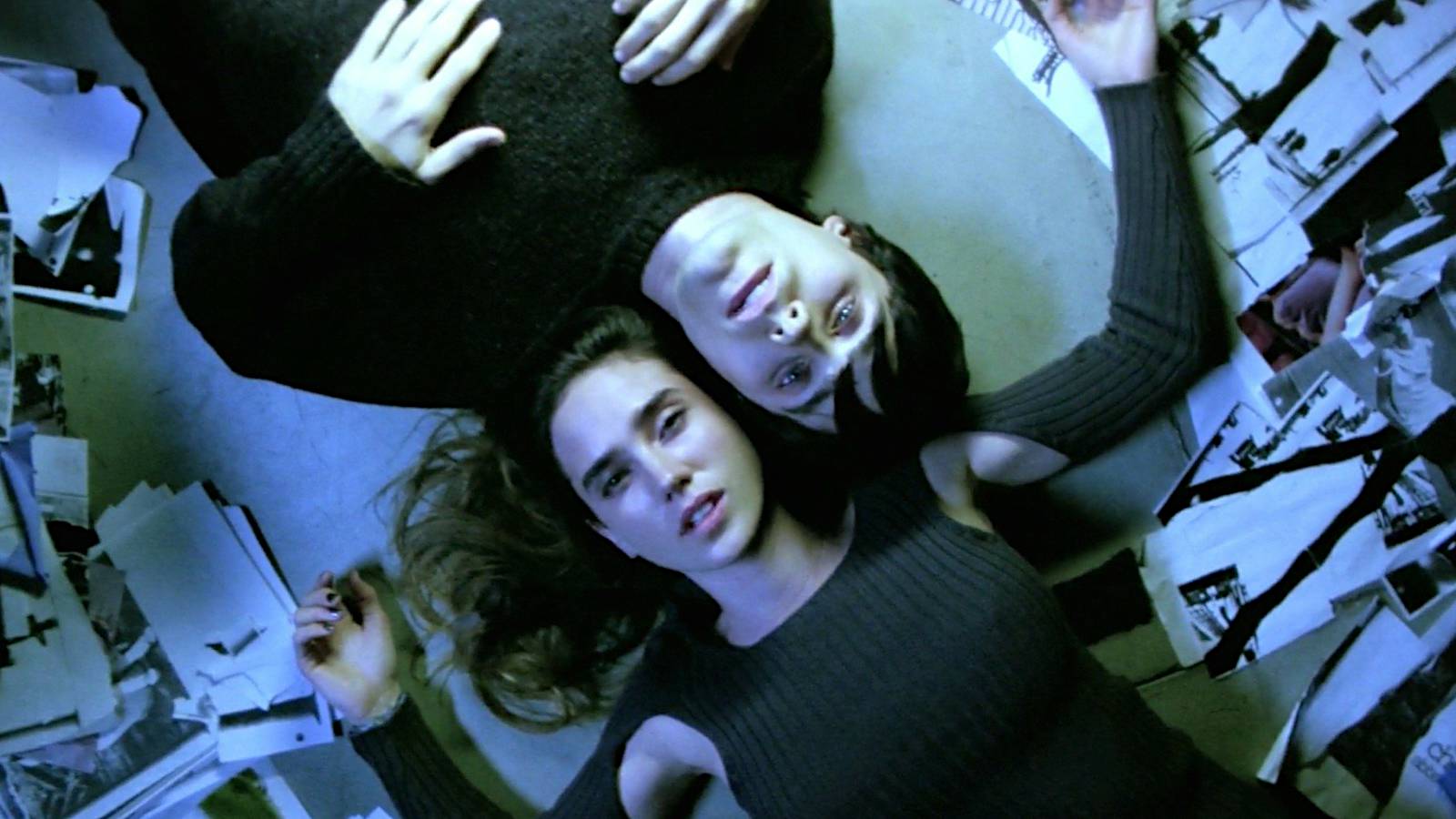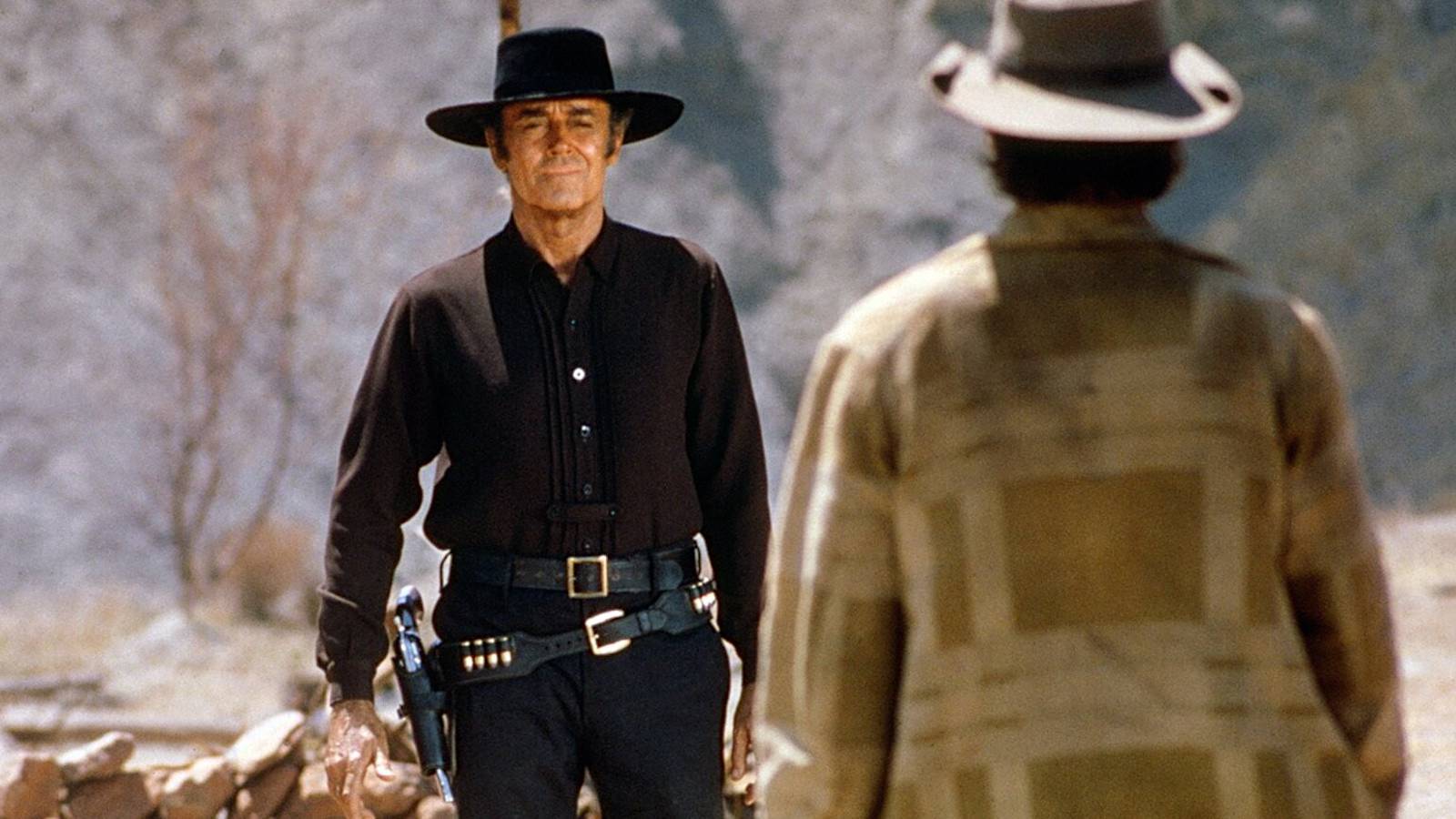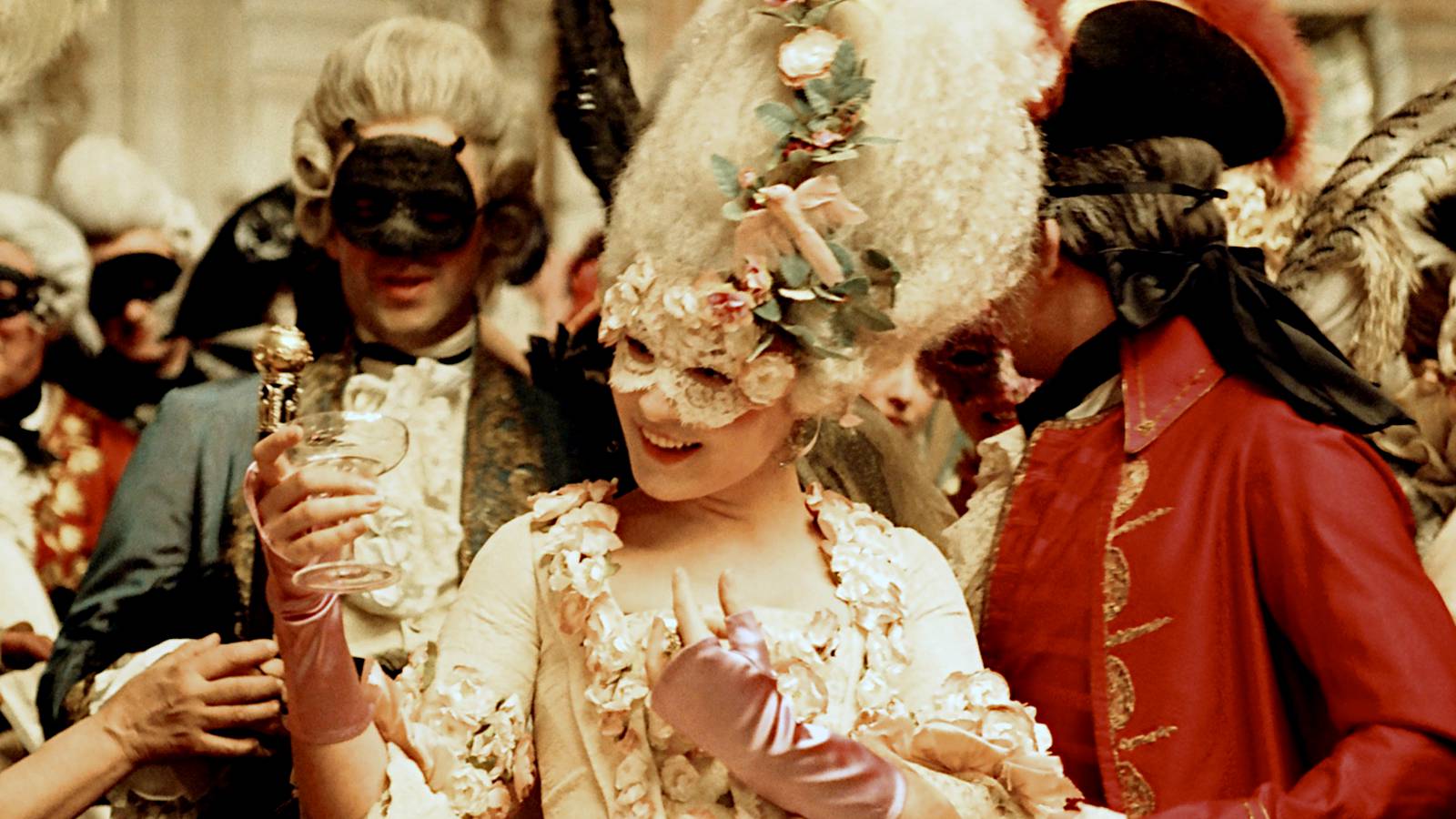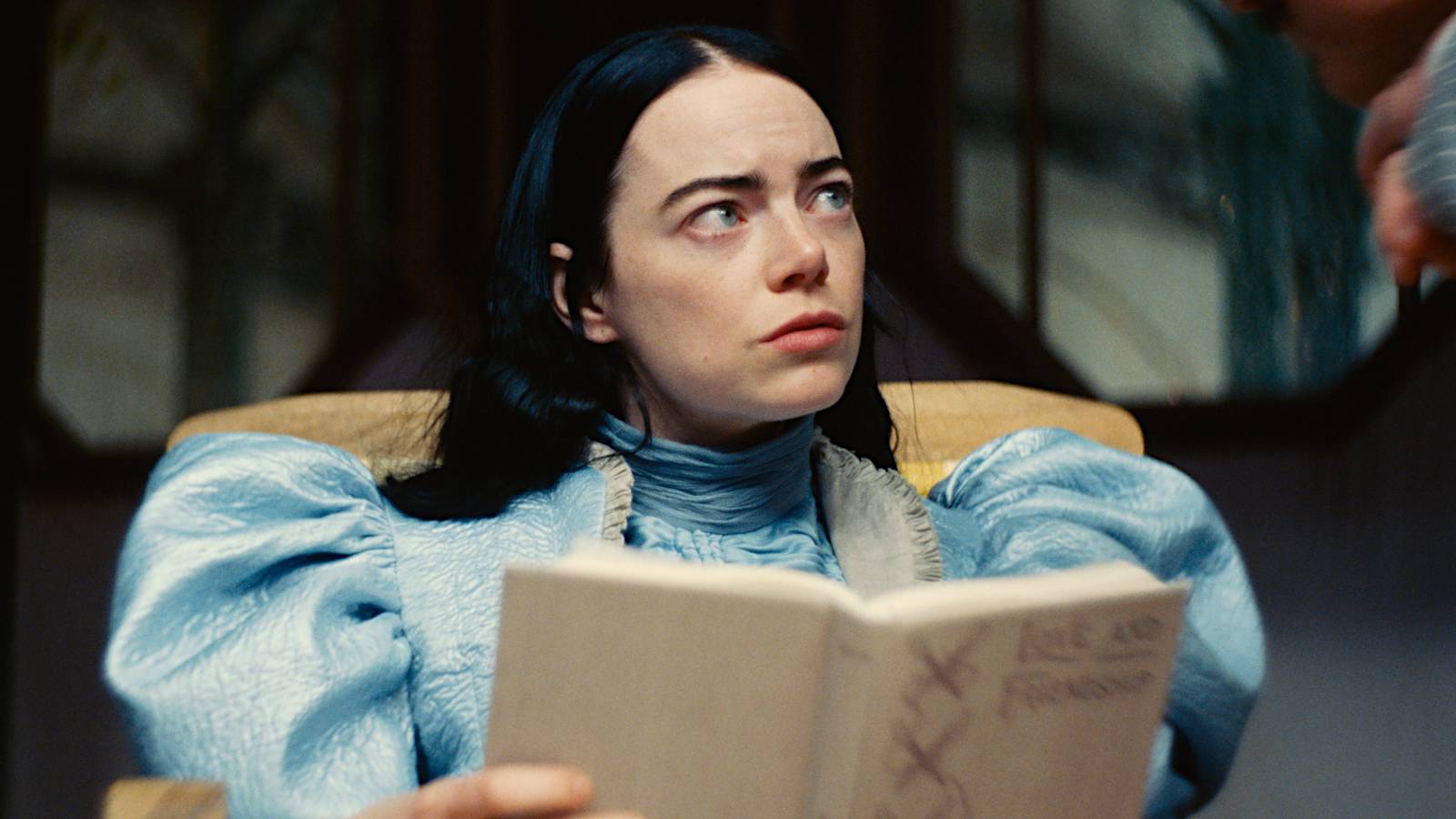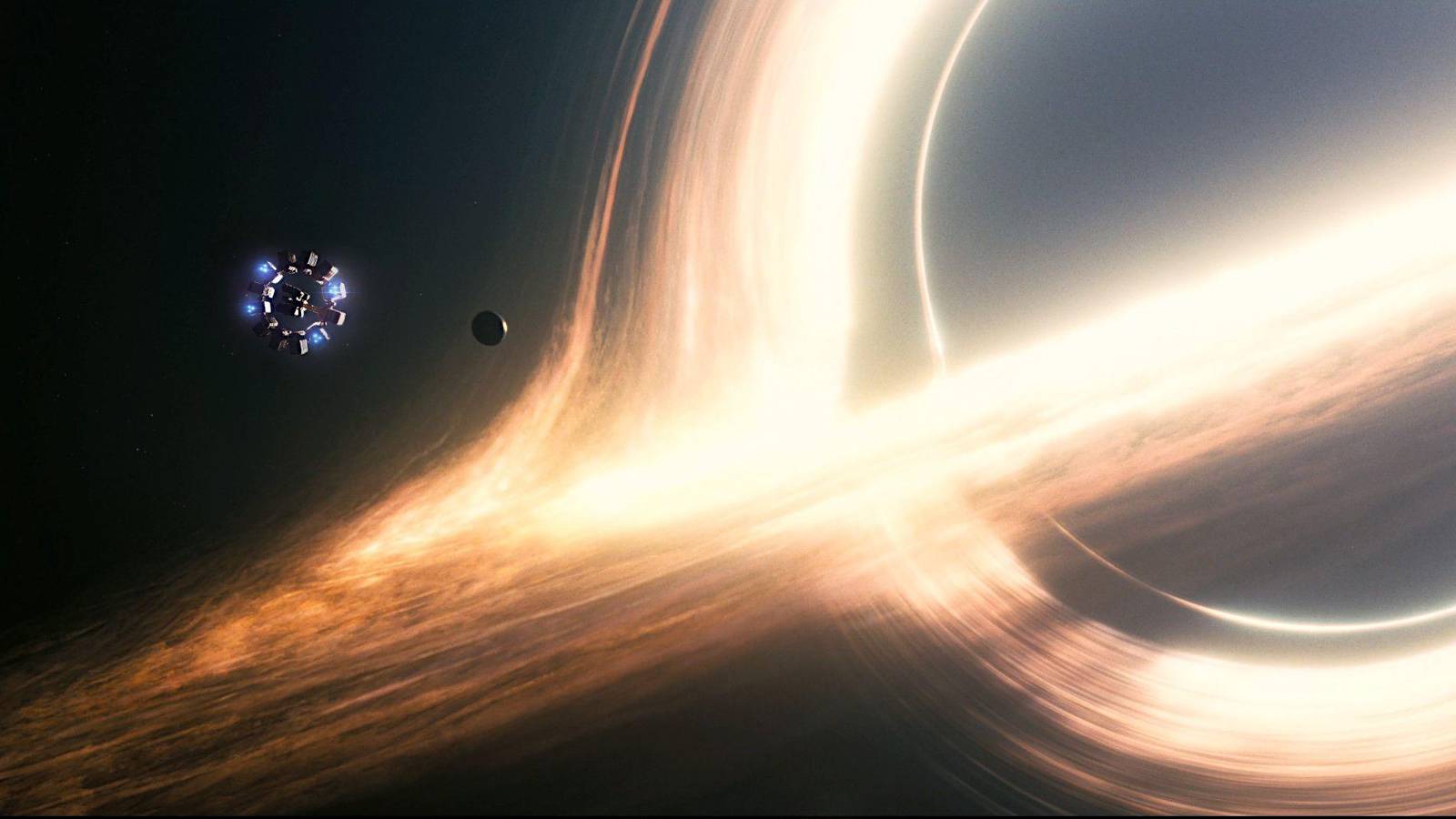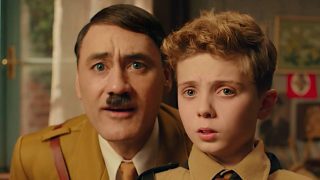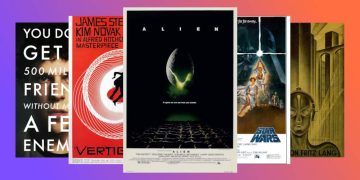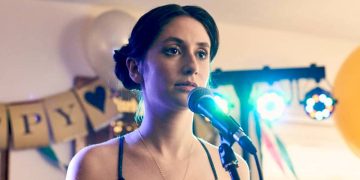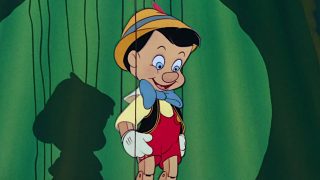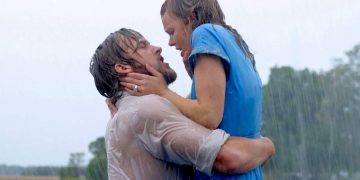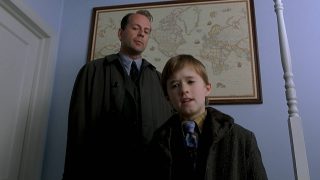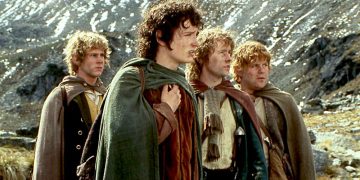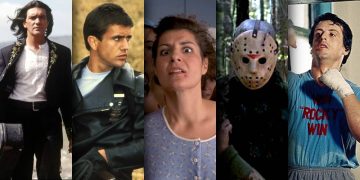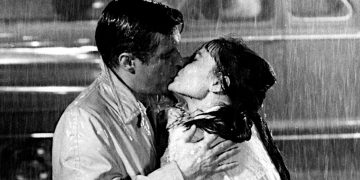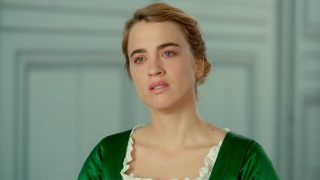13. Oz the Great and Powerful (2013)
Oz the Great and Powerfulharks back to the originalThe Wizard of Ozthrough its cinematography and aspect ratios.
In Victor Fleming’sThe Wizard of Oz, the color palette changes from sepia to Technicolor when Dorothy (played by Judy Garland) arrives in the glittering land of Oz.
Oz the Great and Powerfulpulls a very similar trick when Oscar (played by James Franco) lands in the Emerald City, with the black-and-white film suddenly shifting into full vibrant color.
Along with the injection of color, director Sam Raimi extends from 4:3 to 16:9 widescreen, representing how Oscar’s whole world widens from the limitations of reality to the magical possibilities of Oz.
Oscar remains a con artist in both worlds—1905 Kansas and the unmappable Land of Oz—but here the witches and flying monkeys make his magic tricks that much more illustrious.
Related:The Best Movies With Beautiful Color Palettes (And What They Mean)
12. Snake Eyes (1998)
New Hollywood director Brian De Palma has contributed a few masterful cult classic movies to cinema in his time… but also a few crummy ones. And whileSnake Eyesmight be an example of the latter, that doesn’t mean it doesn’t have a great opening shot!
Known for his inventive filmmaking techniques, De Palma sets us up for a stylish mystery thriller with the aspect ratio change that occurs in the first five minutes ofSnake Eyes.
A square ratio is used to mimic a TV box screen, with the opening credits squeezing inside the frame of a news broadcast. The black background fades into movement, and the camera pans to a row of other TV screens broadcasting the heavyweight boxing match.
De Palma doesn’t stop there. Nicolas Cage appears in one of the screens as our corrupt cop protagonist, then emerges from behind the TV to reveal that the screens are shooting live in the studio.
11. Enchanted (2007)
Like inOz the Great and Powerful,Enchanteduses its aspect ratio to signal the protagonist’s entrance into a new world.
Harking back toBrother Bearwhen Kenai transforms into a grizzly,Enchanteduses a 1.85:1 ratio for its animated sequence before Giselle falls down a well and into a live-action Times Square.
The original 1.85:1 ratio is reminiscent of Disney’s old animated classics, while the anamorphic 2.35:1 brings us back to the present day that’s devoid of princesses, magic, and evil witches.
By switching from pillarboxing—the vertical equivalent of letterboxing, where the black bars are on the sides of the frame—to anamorphic 2.35:1, Kevin Lima is able to land us more firmly in the real world where Giselle (played by Amy Adams) struggles to adjust.
Related:The Best Magical Realism Movies That Mix Fantasy and the Real World
10. Guardians of the Galaxy Vol. 3 (2023)
We’ve heard of films being released with multiple different endings (i.e.,Clue), but never multiple different aspect ratios! Marvel isn’t considered to be a cinematic trailblazer by most, butGuardians of the Galaxy Vol. 3proved that the MCU is still capable of mixing it up.
James Gunn didn’t just offer this third installment in three or four different aspect ratios, but 600 of them!
Different theaters require different screen configurations, so Gunn wanted to cover all grounds and ensure that every viewer’s experience had the best version ofGuardians of the Galaxy Vol. 3for their chosen venue.
But there’s one cut to rule them all: James Gunn produced a Holy Grail version in which the movie begins in a 1.85:1 aspect ratio and gradually “opens” to a letterbox 2.39:1. It’s so subtle that you might not even notice it, but you’ll subconsciously feel more immersed!
Related:The Best Cinematic Universes
9. Boogie Nights (1997)
Using a square aspect ratio to evoke old home movies is a pretty standard technique in modern cinema. But what about to evoke a porn movie?
Director Paul Thomas Anderson is a master of cinematic techniques, from dialogue structure to editing. In his semi-biographical comedyBoogie Nights(based on the real guy John Holmes), he uses grainy film footage to show his 70s star in action.
The flickering footage and blurred frames echo that of 35mm film stock, distancing us from the reality of what’s happening. When we cut back to Dirk Diggler’s real life (played by Mark Wahlberg), it’s in the more familiar 2.39:1 aspect ratio.
Outside of his 4:3 performances, Diggler has a glamorous lifestyle minus the glamour: drug overdoses, court battles, bankruptcy, and prostitution.
Related:The Best Indie Movies of the 1990s
8. 500 Days of Summer (2009)
500 Days of Summerstrikes a great balance between indie and mainstream, casting famous faces in a funny-and-occasionally-heartbreaking romance drama.
Part of the reason why Marc Webb’s sleeper hit remains so beloved to this day is its willingness to stray from the usual path of romantic comedies. The protagonist doesn’t get the girl in the end, and it looks down on our tendency to romanticize memories and people.
Although the plot errs on the side of realism, Webb keeps the visuals artsy and inventive. Not only do characters turn into drawings, but we even transition between seasons via animated calendar.
Although the aspect ratio doesn’t move as much in500 Days of Summeras it does in some of our other picks, we’re including it because the film’s most famous scene adopts two squares in a fun split-screen.
The home movie-style footage depicts the stark contrast between the “Expectation” and “Reality” of life, and it’s a punch in the gut because it’s so relatable. Webb also uses square Polaroid-style clips to depict memories and childhoods, because why wouldn’t he?
Related:The Best Movies About Breakups
7. The Dark Knight (2008)
Christopher Nolan is no stranger to shuffling up the aspect ratios in his films, but it’s rarely done for symbolism. Instead, it’s because the director is an outspoken fan of IMAX and how it allows him to achieve the full scope of his themes and stories.
IMAX is, of course, an entire aspect ratio unto itself (1.435:1) as it’s usually shot on 70mm film and meant for tall screens. Nolan incorporates IMAX into the standard 16:9 format for an otherworldly viewing experience.
Nolan’s most famous use of IMAX is inThe Dark Knight, which opens to the infamous Joker heist scene in full IMAX glory. Car chases and explosions are all filmed with IMAX to capture the full brunt of their power, and it was the same inThe Dark Knight Rises(2012).
Nolan’s latest filmOppenheimeris the director’s sixth film to use IMAX, which is now a trademark for the auteur director.
Related:The Best Billion Dollar Movies That Are Actually Good
6. The Incredibles (2004)
The Incredibleswasn’t the first movie to use a square aspect ratio to denote the past, but we just love this example! It proves that animation can also get clever with aspect ratios, as director Brad Bird showed us in 2004.
The Incrediblesopens to a reel of film stock as the superheroes prep for an interview, testing microphones and mumbling to themselves. After all, Pixar does love a good candid moment.
It’s hard to say what year these interviews take place as the characters seem to live in a hybrid 1960s world with modern technology. But whenever it is, it’s 15 years before the Superhero Relocation Program bans spandex-wearing vigilantism.
The “supers” talk about their experiences as heroes, joking about how they’re always having to clean up everybody’s problems. Man, does that come back to bite them…
Related:The Best Female Pixar Characters
5. Mommy (2014)
Mommywas so avant-garde that it wasn’t enough to film in a 4:3 aspect ratio—most of it was filmed in a perfect 1:1 square aspect ratio.
A few critics dubbed the choice of 1:1 as pretentious, but director Xavier Dolan described it as a “humble and private format, a little more fitting to these lives we’re diving into.”
The French-language film focuses on a hostile mother-and-son relationship in Canada, where the S-14 law allows parents to hospitalize their troublesome children.
Freedom is a key theme in Dolan’s award-winning drama, perfectly exemplified by the aspect ratio change halfway through.
Angsty teenage protagonist Steve (played by Antoine Olivier Pilon) literally pushes the square ratio out with his hands, creating physical space and liberation from his looming straitjacket.
Related:The Best Movies About Mother-Son Relationships
4. Life of Pi (2012)
The majority ofLife of Piplays out in the wide format we’re used to. That said, you might spot the odd scene that strays from the norm.
The most potent example is when fish start jumping out of the sea… and the screen! Their bodies fly over the black letterbox as if it’s a 3D movie minus the glasses, shot in 2.35:1 to relay the grandeur of the scene.
Everything about this movie is expansive and immersive. It wants viewers to feel how huge, scary, and beautiful the ocean is to Pi (played by Suraj Sharma) when he’s left to fend for himself. The different aspect ratios all feed back into this idea of vastness.
Even when director Ang Lee employs a tight 4:3 ratio, it’s to put more focus on the top and bottom—the sky and the sea—rather than the sides as he captures the huge whale beneath Pi’s boat.
Life of Piis as much a visual experience as it is a brilliant story, which Lee enhances using all the tools at his disposal.
Related:The Best One-Man Movies With Only One Character
3. Scott Pilgrim Vs. The World (2010)
There’s a whole lot of special effects going on inScott Pilgrim Vs. The World, and that’s not unusual given that it’s filmed in the style of a comic book (because it’s based on the comics by Bryan Lee O’Malley).
The combination of live action and animation makeScott Pilgrim Vs. The Worldone of the most fun, hilarious, and sensory experiences in cinema. But one of the special effects you probably won’t notice so much is its subtle-but-effective change in aspect ratios.
Dynamic director Edgar Wright moves from standard widescreen to a much thinner 2.39:1 ratio to emphasize certain elements or themes.
For example, when Scott (played by Michael Cera) enters “some idiotic dream,” the screen tightens to a more cinematic letterbox for added drama as he falls to his knees.
All sorts of things happen on screen during the big showdowns, and the characters sometimes even punch over the black spaces.
Related:The Best Movies That Combine Animation and Live-Action
2. Waves (2019)
Trey Edward Shults directedWaves, a shapeshifting sports drama that evolved into something nobody expected.
Tyler (played by Kelvin Harrison Jr.) is a competitive high school wrestler whose father barely gives him room to breathe. As the pressure builds up, Shults gradually shrinks the 1.85:1 ratio down for a claustrophobic feel.
Shults himself described this as “an expressive way to bring you closer”—a method that was also used in his earlier 2015 filmKrisha.
Here, it’s so important that the script itself specified this squeeze in screen space that keeps going until the climactic party scene. At that point, the movie could have plausibly ended, but instead it shifts to an entirely new story with Tyler’s sister Emily (played by Taylor Russell).
Emily then has her own journey of ratio alterations, constructing a unique grammar toWavesthat guaranteed its success.
Related:The Best Movies That Change Genre, Tone, or Characters Halfway Through
1. The Grand Budapest Hotel (2014)
Director Wes Anderson is chiefly known for his distinct, satisfying cinematography. The auteur works alongside Robert Yeoman for all of his live-action movies, bringing us the poppy colors and precise symmetry we all know and love.
The Grand Budapest Hoteldoesn’t just employ Anderson’s standard visual tropes (e.g., still shots, bright matching colors, etc.) but also a fluid aspect ratio as the film moves between three screen sizes.
In layman’s terms, Wes Anderson uses a different aspect ratio for each of the eras represented in the film:
Not only is it aesthetically pleasing to swap between these sizes non-chronologically, but it’s also practical for keeping track of the narrative!
Related:The Best Movies With Incredible Cinematography



![]()
